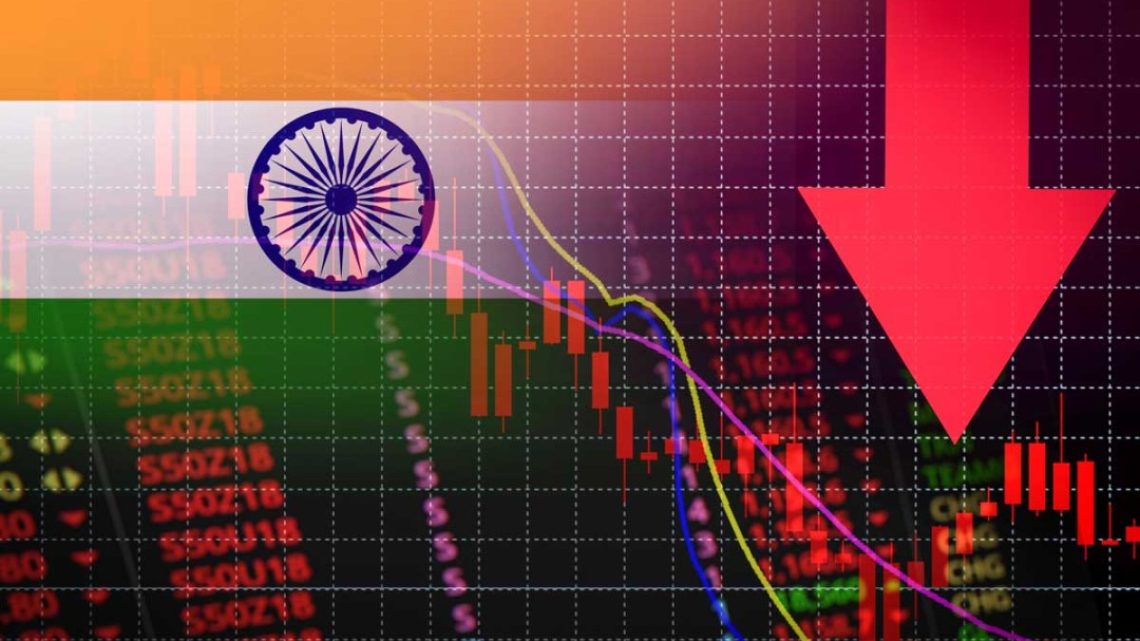
Record Foreign Capital Outflows Shake Indian Markets as Investors Eye China
November 14, 2024In October 2024, India witnessed an unprecedented withdrawal of approximately $11.2 billion from its stock market, marking the highest capital outflow in the 2024–2025 fiscal year. Analysts cite elevated valuations of domestic equities, the appeal of Chinese markets, and broader economic issues within India as driving factors behind this shift. The outflow highlights both short-term vulnerabilities and underlying structural challenges in India’s economy, even as the country positions itself as a leading emerging market.
The outflows underscore concerns about overvalued sectors, including technology, finance, and consumer goods, which have seen high price-to-earnings (P/E) ratios averaging 22.3 compared to China’s 10.5. India’s comparatively high valuations have made investors cautious, particularly as China’s markets are rebounding with easing lockdown restrictions and attractive valuations. As global interest rates rise, India faces tougher competition from other markets where stable environments and lower valuations present less risk for foreign investors.
In addition to valuation concerns, India’s economic landscape shows signs of strain. Data from the Centre for Monitoring Indian Economy points to a youth unemployment rate exceeding 20%, an inflation rate nearing 8%, and a trade deficit totaling $240.2 billion for 2023–2024. The disparity in wealth is also pronounced, with Oxfam’s 2023 report revealing that the wealthiest 10% of Indians control 77% of the country’s wealth. This imbalance adds a layer of risk for investors, especially as economic inequality can lead to political and social instability.
India’s regulatory environment has also drawn scrutiny. The Adani Group, which dominates sectors like ports, airports, and renewable energy, is viewed by some as benefiting from a “Modani” relationship—reflecting close ties with the Modi administration. This concentration of economic power can stifle competition, deter foreign investment, and raise concerns about market access for new players. Adani’s aggressive expansion and reliance on debt introduce systemic risks, as financial difficulties in these sectors could destabilize the broader economy, an issue that investors consider when evaluating the long-term health of the market.
In this climate, foreign investors are shifting their capital toward markets with perceived stability, like China, which has attracted renewed interest due to its economic reopening and attractive stock valuations. As the Indian government grapples with inflation, employment, and regulatory challenges, India’s elevated equity valuations continue to make the country’s stock market vulnerable to further capital outflows, with investors looking to diversify into less volatile regions.

